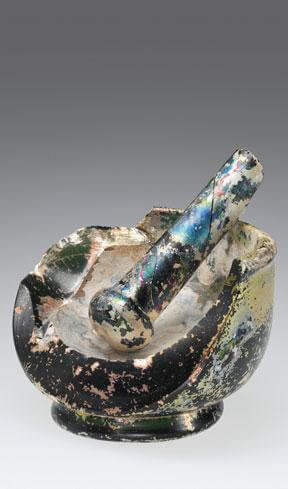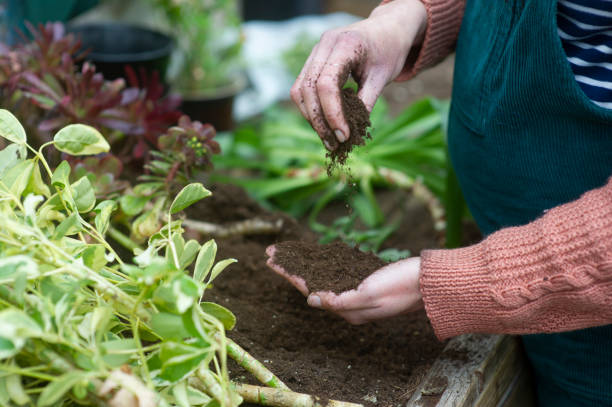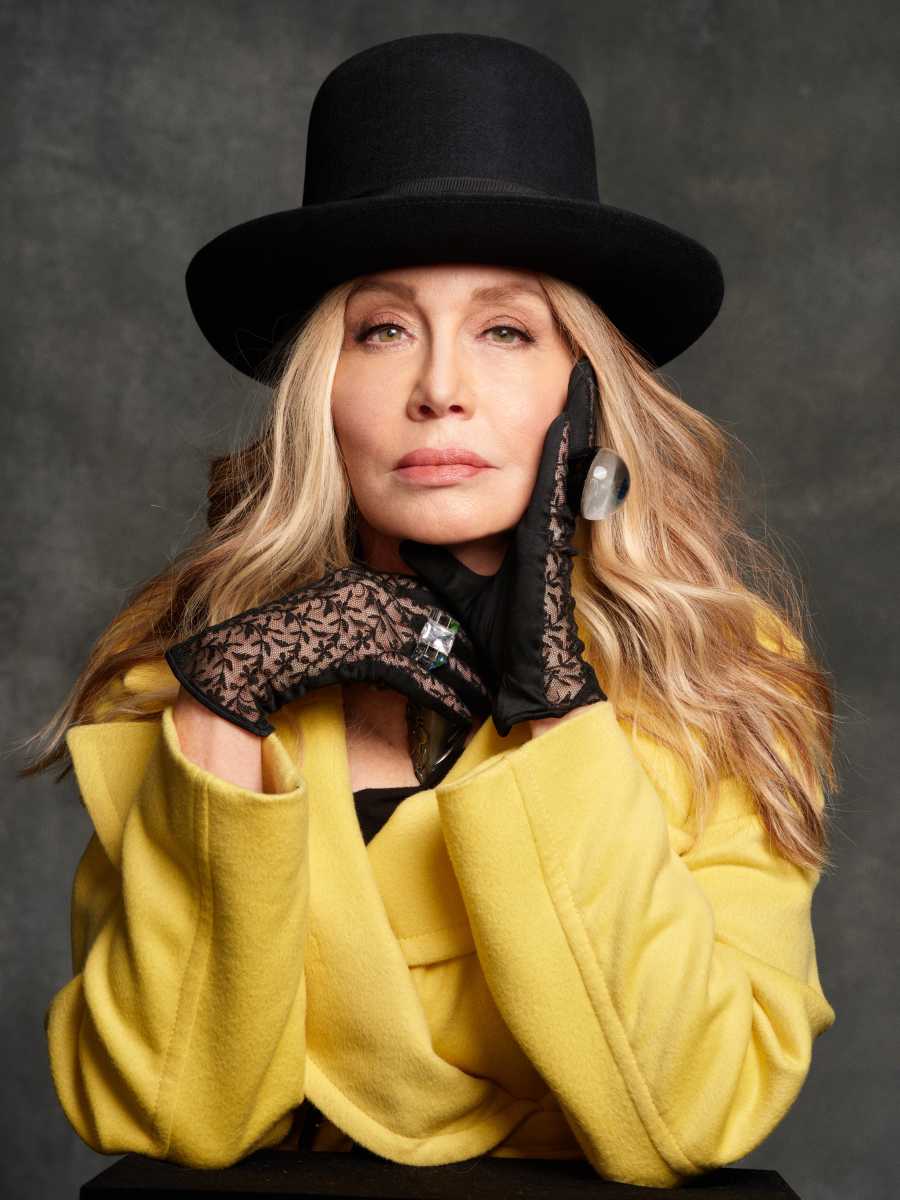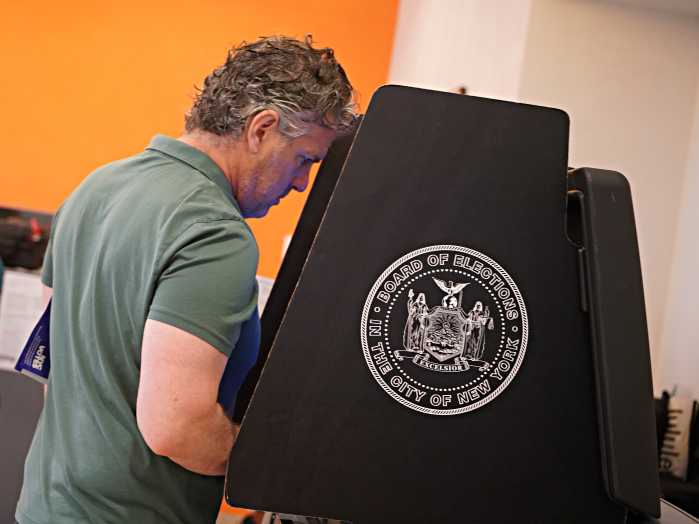The Bronx Council on the Arts and the Bronx Library Center present playwright and BRIO winner Camille Darby for a 6 pm reading from her play Sweetest Taboo on Sat., Sept. 26, at the Bronx Library Center at 310 East Kingsbridge Road at Briggs Avenue. The reading is open to the public and admission is free. The center is wheelchair accessible
Sweetest Taboo: Caldwell housing development is crumbling. And like many other high-rise apartment buildings in Harlem that shelter generations of Black Americans as far back as World War I, it is disappearing into thin air. Mark Hansen is one of the men responsible for this change. Despite being a Harlemite himself and a descendant of parents who stood at the forefront of the Harlem Renaissance, Mark has found a way to go further than his parents could ever go—even if that means replacing the poor with the rich. Ty, his first potential taker, proves to be quite the opposite of Mark, but in his own way seeks to find his way out. The more these two men argue about their differences, the more they realize that they have a lot more in common than they could have ever imagined.
Sweetest Taboo is a one-act play, considered by Darby as a work-in-progress. This evening’s reading will be followed by a brief question and answer period. Audience feedback is encouraged.
Darby was born in Jamaica, West Indies, but migrated to New York City with her family at the age of six. Her constant attempts at adjusting to American culture—she soon discovered—were best manifested through her writing. It was her first play Mother, May I?, which was written in her high school’s Residency Arts Program, that drew the attention of acclaimed playwright, Wendy Wasserstein. With Wasserstein’s guidance and encouragement, Camille continued to study theatre, history, literature and film at Sarah Lawrence College where she received her B.A. in Liberal Arts in 2005. During the same year, she also received Honorable Mention at the College Language Association Creative Writing Contest for her ten-minute play Where Your Gun At? — A social commentary examining the women of the Black Panther Movement of the 1960s. Camille holds an M.F.A in Dramatic Writing from New York University’s Tisch School of the Arts. During that time, she had a series of readings at The Public Theatre which include Easy Conversation and Sweetest Taboo. Camille is one of BCA’s BX Indie Artists in the literary field, who received the 2008 Bronx Recognizes Its Own (BRIO) award in playwriting for her full-length play Lords Resistance.
For further information call (718) 579-4244.
* * *
The International Day of Peace, commemorated every year on Sept. 21 with the purpose of raising public awareness toward the ideals of peace within and among all nations and people, was established by the United Nationals General Assembly in 1981.
The Riverdale-Yonkers Society for Ethical Culture will commemorate this event on Sun., Sept. 20, at 11 am at the Society Meeting House, 4450 Fieldston Road. This free-of-charge celebration will include educational talks, music an dance presentation. All are welcome.
For further information call (718) 548-4445.
* * *
The Bruce Museum in Greenwich, CT, announces the opening of its major fall-winter exhibition, Alchemy: Magic, Myth or Science?, opening Sat., Sept. 26, and on view through Jan. 3, 2010. Organized by the Bruce Museum, this interdisciplinary exhibition describes the history and significance of alchemy, the precursor to modern chemistry, through artworks and artifacts. It offers a multi-faceted introduction to alchemy from ancient times through its flourishing in the 16th and 17th centuries, exploring the science and art it inspired. Nearly 100 paintings, prints, historical documents, mineral specimens, and scientific instruments illuminate the practice of alchemy and its place in the beginnings of modern chemistry. The exhibition is underwritten by a Committee of Honor under the leadership of the Bruce Museum Science Committee, and with support from the Connecticut Commission on Culture & Tourism, and from the Charles M. and Deborah G. Royce Exhibition Fund.
Alchemy is an ancient discipline that began as part of the worldview of ancient peoples, combining the supernatural with the natural. Dating back at least 2500 years, alchemy has its origins with Greek, Indian and Chinese philosophers who observed the properties of matter and tried to make sense of them. They were familiar with transformations, such as the fermentation of grapes to produce wine, the smelting of ores to provide useful metals, and their own physical changes from conception to death. The exhibition explores the origins of alchemy and its philosophical underpinnings through a variety of objects including a 15th-century Tibetan mandala from the Rubin Museum of Art, and a Persian wine jug and ore specimens from the Bruce Museum collection.
North African Muslims brought alchemy to Europe, where it took hold in the Middle Ages. By the 17th century, it continued as a discipline, although it was not always accepted by the academic community. Many Dutch and Flemish genre paintings of the time depict alchemy as a vain and foolish pursuit, especially for those simply trying to obtain material wealth. Pieter Brueghel the Younger’s The Alchemist, lent by a private collector, caricatures an alchemist ruining his family in the vain attempt to turn base metals into gold. David Rijckaert III’s An Alchemist Studying at Night and Thomas Wijck’s The Alchemist and Death from the Alfred and Isabel Bader Collection incorporate the symbolic elements of the hourglass, a human skull, and the specter of death to represent the fleeting nature of human endeavors.
While the alchemists failed miserably in their attempts to create gold from lead, they succeeded in laying the foundation for modern chemistry and demonstrated the value of careful observation and experimentation. They discovered new substances and developed useful laboratory equipment and new processes. David Teniers the Younger’s Alchemist in His Workshop from the Eddleman Collection of the Chemical Heritage Founda-






















